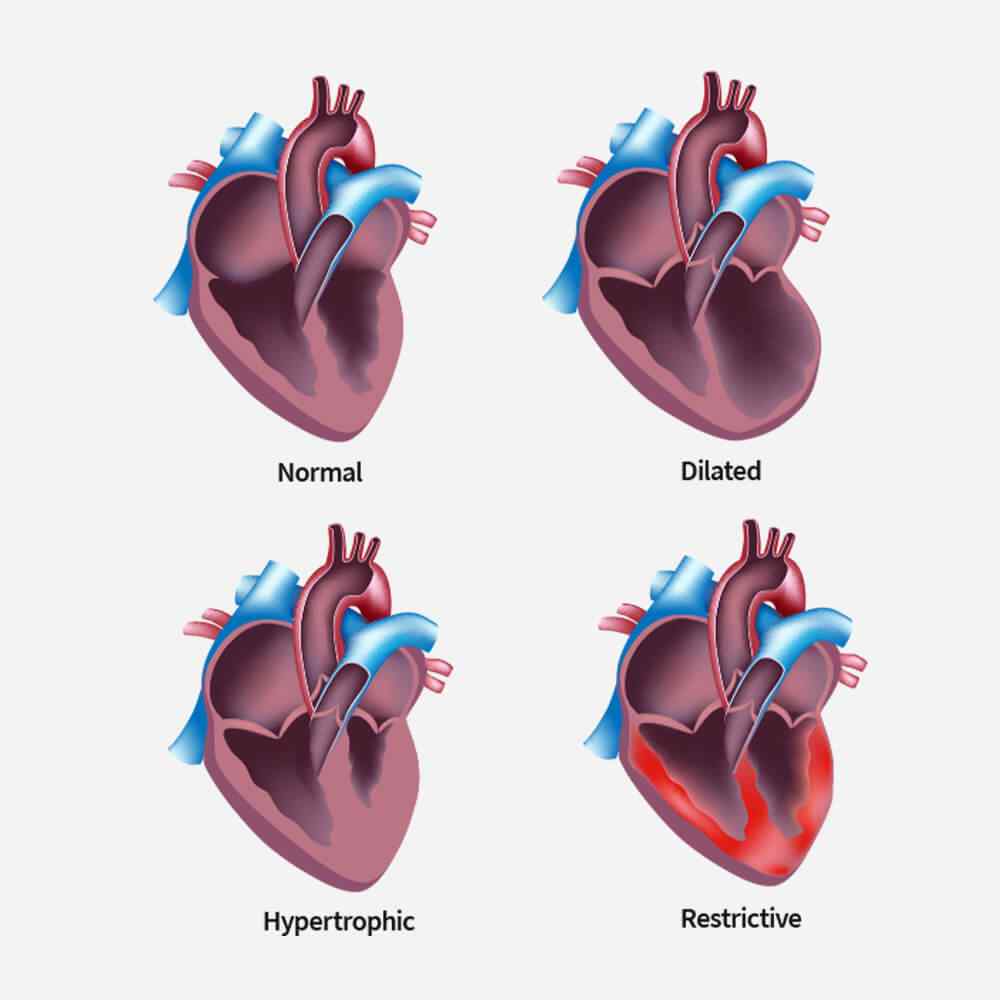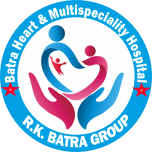CRT-P
CRT-P (Biventricular Pacemaker)
A CRT-P, or Cardiac Resynchronization Therapy Pacemaker, is a type of pacemaker designed to treat heart failure and certain heart rhythm disorders. It is sometimes referred to as a biventricular pacemaker. This device is specifically used to improve the coordination of contractions between the heart’s left and right ventricles in patients with heart failure and electrical conduction abnormalities.
Here are the key features of a CRT-P:
- Pacemaker Functionality:
- Like a traditional pacemaker, a CRT-P has pacing leads that are implanted in the heart to deliver electrical impulses. These impulses stimulate the heart muscle to contract and help regulate the heart’s rhythm.
- Biventricular Pacing:
- The term “biventricular” refers to pacing both the left and right ventricles of the heart. In heart failure patients, there is often a delay in the electrical signals that stimulate the ventricles to contract. By pacing both ventricles simultaneously, a CRT-P aims to synchronize these contractions, improving the efficiency of the heart’s pumping action.
3. Heart Failure Management:
-
- CRT-P is particularly beneficial for individuals with heart failure who have a condition known as left bundle branch block (LBBB) or other conduction abnormalities. By improving the coordination of ventricular contractions, CRT-P can enhance the heart’s overall pumping function, reduce symptoms of heart failure, and improve the patient’s quality of life.
CRT-P devices are implanted during a surgical procedure, and the leads are positioned in the right atrium, right ventricle, and coronary sinus (located on the surface of the heart) to facilitate biventricular pacing. It’s important to note that in addition to CRT-P, there is also the previously mentioned CRT-D (Cardiac Resynchronization Therapy with Defibrillator), which includes defibrillation capabilities in addition to biventricular pacing.
As with any medical device, the specific choice between a CRT-P and a CRT-D depends on the patient’s clinical condition and whether they also require defibrillation therapy due to an increased risk of life-threatening arrhythmias. Medical decisions are made on an individual basis, and healthcare professionals consider various factors when determining the most appropriate treatment for each patient.
Approach
For everyday care or life-changing care you can count on our doctors.
Experts
You can count on us to keep you and your loved ones safe and healthy.
Technology
Cardiac rehabilitation (CR) can slow or reverse the nurse progression.
Facilities
We use a team approach to providing health care, and involve the patient.


CRT-P (Biventricular Pacemaker)
Precision in heart care with CRT-P Restrictive. Tailored therapy for optimal cardiac function and enhanced well-being
Dilated heart? CRT-P offers synchronized therapy, improving heart function for enhanced well-being. Discover a healthier heartbeat.
Optimize heart function in Hypertrophic Cardiomyopathy with CRT-P. Tailored therapy for improved cardiac dynamics and enhanced well-being.
CRt-P for Arrhythmogenic Right Ventricular: Precision therapy for synchronized heart function and rhythm stability. Advancing cardiac care.
Related TreatmentCRT-P (Biventricular Pacemaker)
CRT-P stands for Cardiac Resynchronization Therapy with a Pacemaker. It is a type of medical device used to treat certain heart conditions, particularly heart failure. The device, a CRT-P pacemaker, is implanted under the skin and connected to the heart with leads (wires). It helps synchronize the contractions of the heart’s ventricles to improve its pumping efficiency. This therapy is often recommended for patients with heart failure and specific electrical conduction abnormalities.
